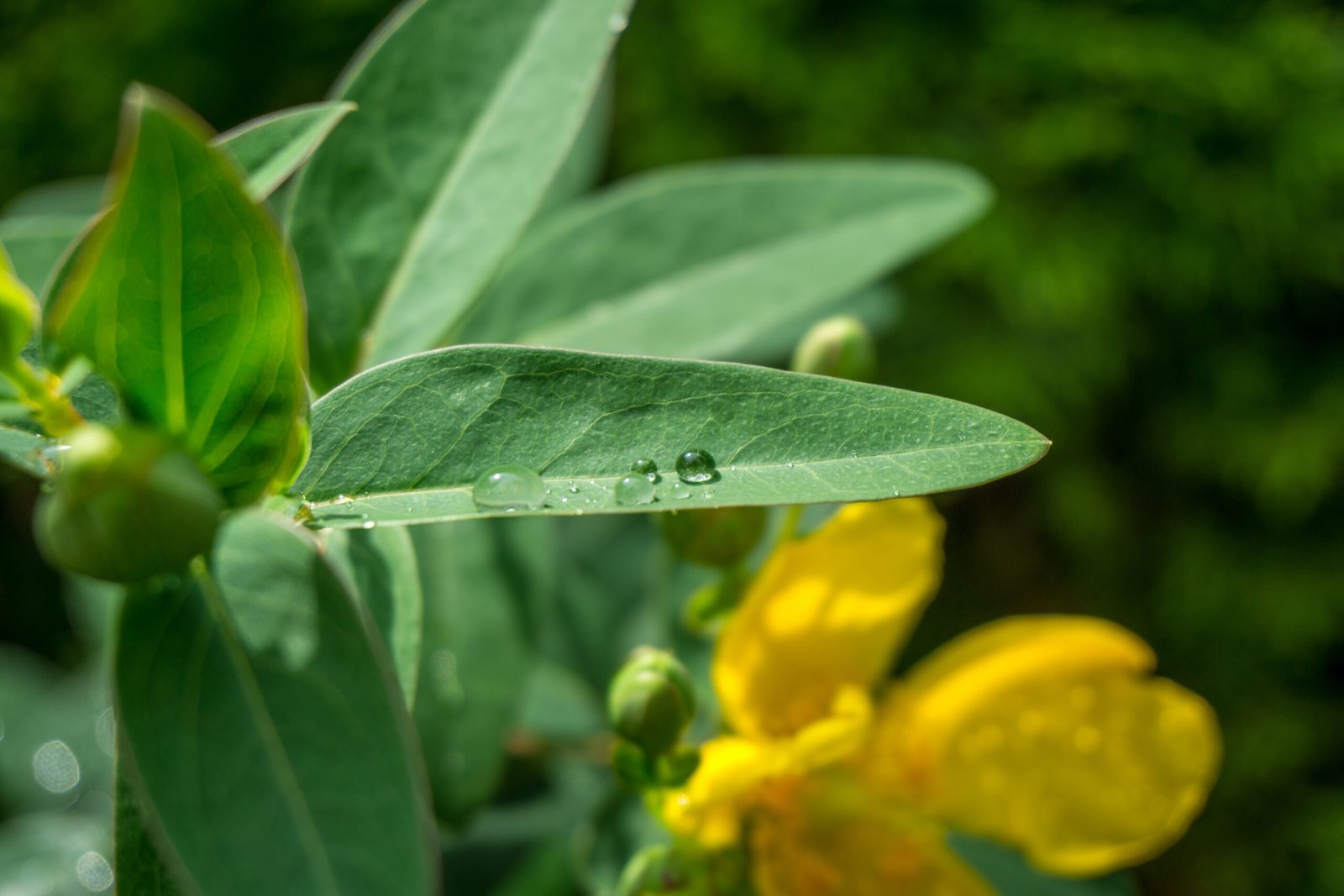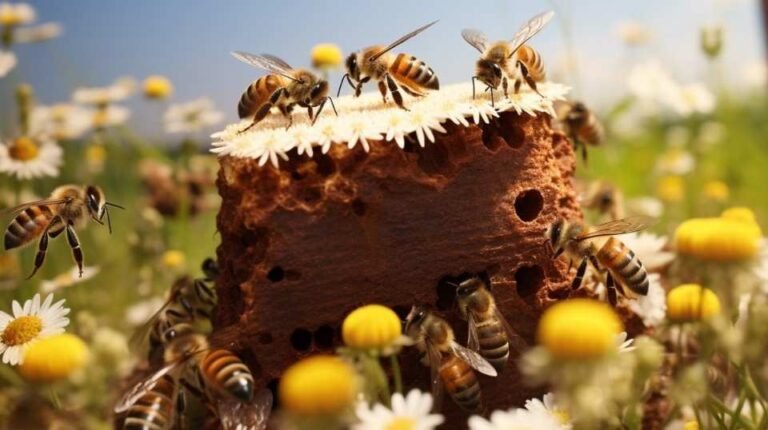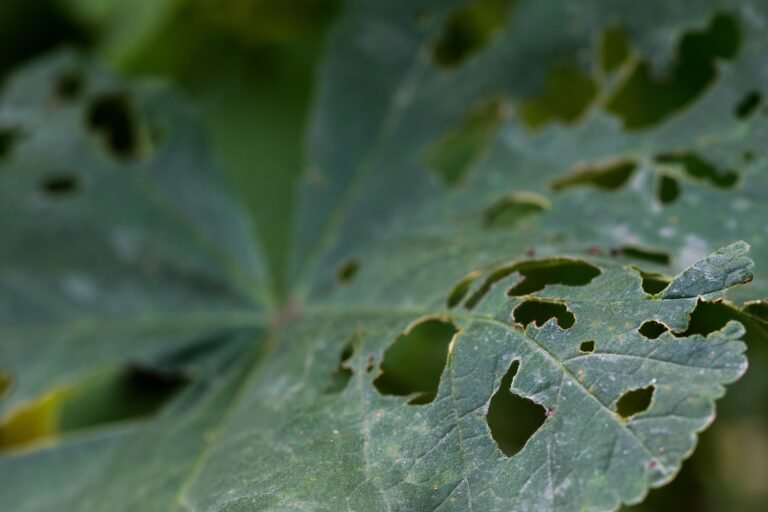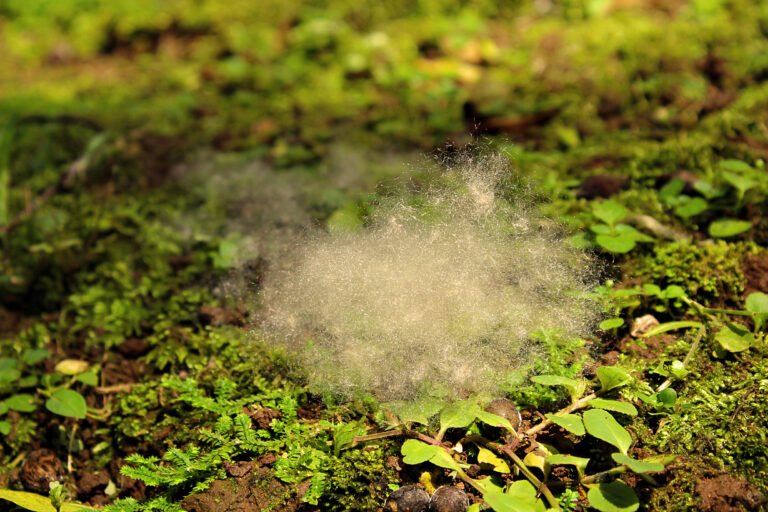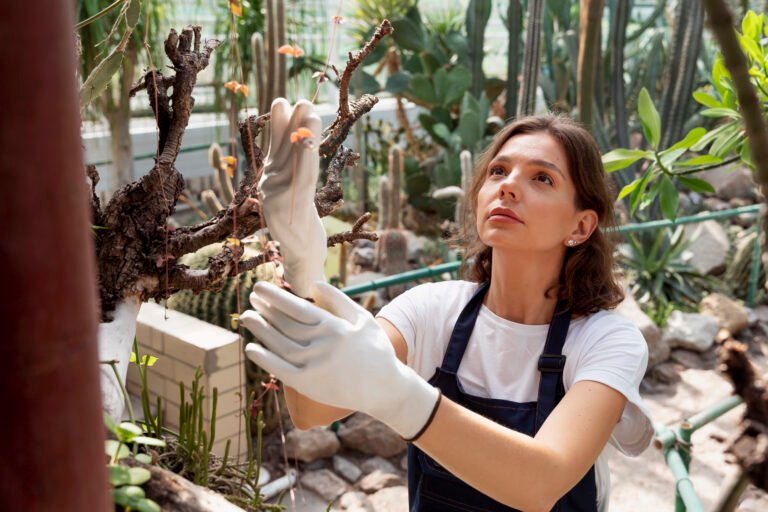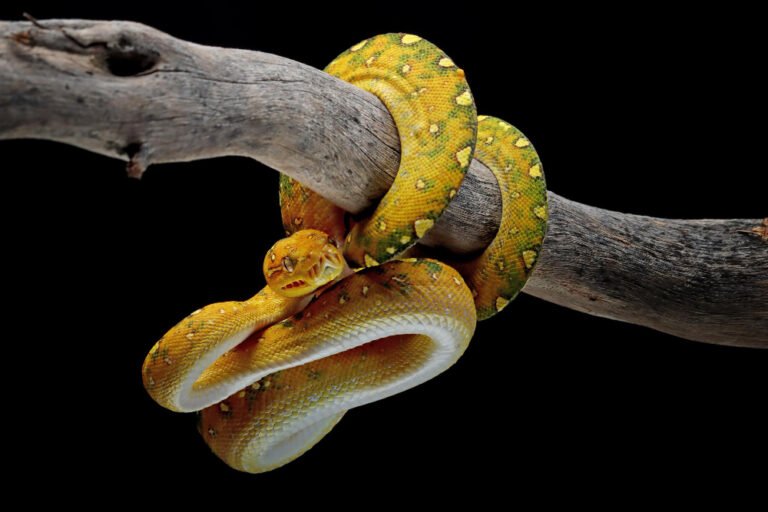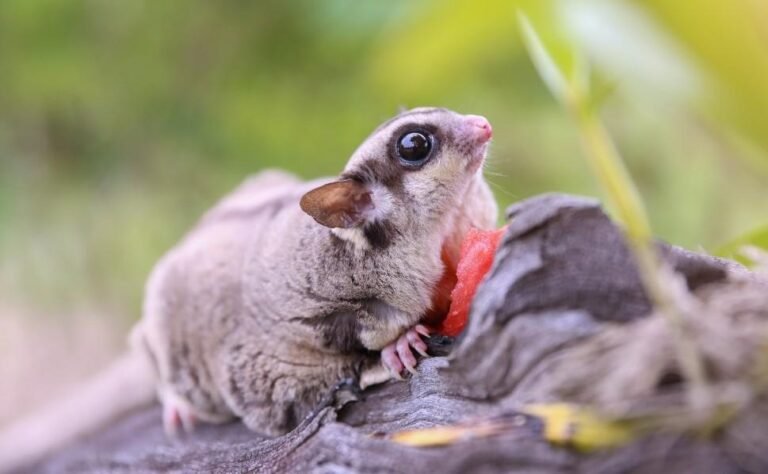How to Get Rid of Aphids on Milkweed? Safe and Effective Methods.
Towards the end of summer, bright orange milkweed aphids (Aphis nerii) normally form clusters on the stems and leaves of commonly known milkweeds, swamp milkweeds and other milkweed plants. On the other hand, while garden aphids are generally considered a disaster to vegetables and flowers, the effect that aphids have on milkweeds is usually negligible and hence would be potentially harmful if pest control measures were undertaken. For people growing milkweed for monarch butterflies or wanting to save their plants from dangers like these pests, here’s how you can get rid of aphid on milkweed in ways that will not harm them.
What Are Milkweed Aphids?
Commonly referred to as oleander aphids, milkweed aphids are not indigenous to North America; they first came from the Mediterranean. These aphid feed on oleander plants mainly in their homeland, while they normally infest types of milkweed in North America.
Unlike other aphid species with green, brown, yellow or black colour variations, milkweed aphids are always bright yellow or orange with black legs and black spikes called “cornicles” on their posterior ends. Like any other aphid species, clusters of these milkweed aphid can be found feeding on plant stems and leaves, causing the deformation of milkweed flowers and leaves. Moreover, these insects may secrete a sweet honeydew substance, which can become a sooty mould, resulting in a dark powder-like appearance on affected plants.
Are Aphids on Milkweed Harmful?
Milkweed aphids are not harmful to milkweed, it is usually better to leave them be. Monarch butterflies and bees depend on milkweed for continued survival, and treating the infestations may affect the insects. Moreover, these bugs cease existing during the fall seasons, and the pests cause little harm.
Monarch Caterpillars
If you are a grower of milkweed for monarchs and are worried that aphids can inhibit monarch caterpillars, don’t worry about it. Even though these aphid can compete with monarch caterpillars on the same food plant, milkweed, they never directly kill or harm adult mites or other life cycle stages. However, both insects usually co-occur in harmony. Monarchs suffer more from insecticides than from the activities of these tiny green bugs (milkweed aphids) that are normally controlled by organic treatment protocols.
Identifying Aphids
Aphids can cause a mess in gardens. These little bugs like to chew on milkweed; if you are looking for caterpillars, you better be acquainted with their appearance.
Aphids are tiny insects with soft bodies. They are usually green or yellow, though they can also be orange. The ones you usually find on milkweed plants are oleander aphid. Think about little black-footed candy sprinkles that are bright orange. But don’t eat them!
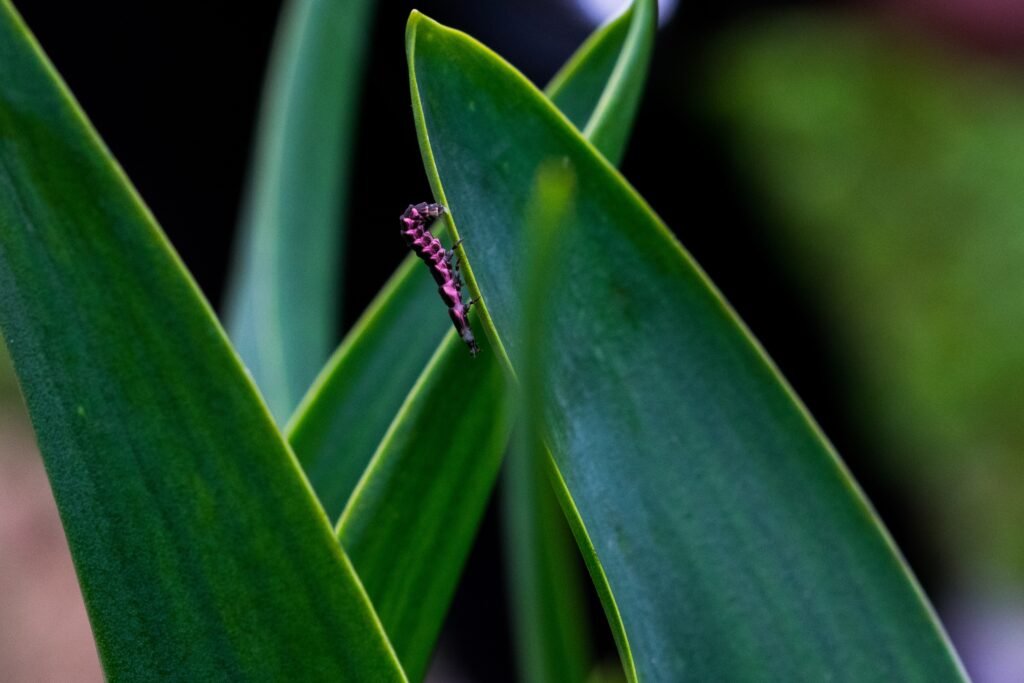
Key Features to Spot:
- Colour: Bright orange bodies accompanied by black legs.
- Group behaviour: Stems and undersides of leaves sometimes have clusters of these things.
- Size: Very small, normally about 1/8 inch long.
Ways to Get Rid of Aphids on Milkweed
Though it is generally advised not to apply any treatment on aphid that appear on milkweed if the condition of your milkweed plants looks too much-stressed, treatment may be necessary. To maintain a safe environment for pollination by butterfly species like monarchs, do not engage in the use of pesticides or soap sprays; instead, try these aphid control strategies:
Try Handpicking
Prune the heavily infested leaves off and crush the remaining milkweed aphids with your fingers, thus making this one of the quickest ways to get rid of them. Check for monarchs before beginning and inspect the underside of leaves and plant stems where some are hiding. The process is certainly messy; hence, wear garden gloves.
Rinse the Plants With Water
Rinsing milkweeds by spraying them hard using a gardening hose will decrease the aphid population as some will fall off their host plant. However, this method should be avoided if there are Monarch eggs or caterpillars.
Experiment With Companion Plants
Some flowers and scented herbs can be used as companion plants to naturally repel aphids, while others function as trap crops by luring aphid away from milkweed. Some of the best plants to grow near milkweed for aphid control are marigolds, alliums, nasturtiums, dill, catnip, and anise.
Rely on Beneficial Insects
Growing the right companion plants near milkweed can entice ladybugs, lacewings, and other beneficial insects to visit and feast on aphid. If you’re in a pinch and dealing with a heavy infestation of aphids, you can purchase ladybugs and lacewings from garden centres and release them directly onto your milkweed plants. Just know that they may not stick around.
Stop Fertilizing
Fertilizer encourages plants to produce new leaves, which is usually good, but if you’re combating milkweed aphids, avoid using any fertilizer as not only are milkweed plants light feeders, but fertilizing them causes them to sprout new leaves again, attracting more aphid.
Boost Plant Health
If aphids invade healthy milkweed plants, they will survive. Then, if you want to prevent aphid from attacking, grow the correct kinds of milkweed for your garden and take care of them properly. Full sun is suitable for most milkweed plants that grow best in full sun, while common milkweed, like well-drained soil and swamp milkweed, cannot make it with dry earth where it might be improperly grown.
Quick Tip: Keep milkweed aphid in check with ladybugs or neem oil to protect your plants!
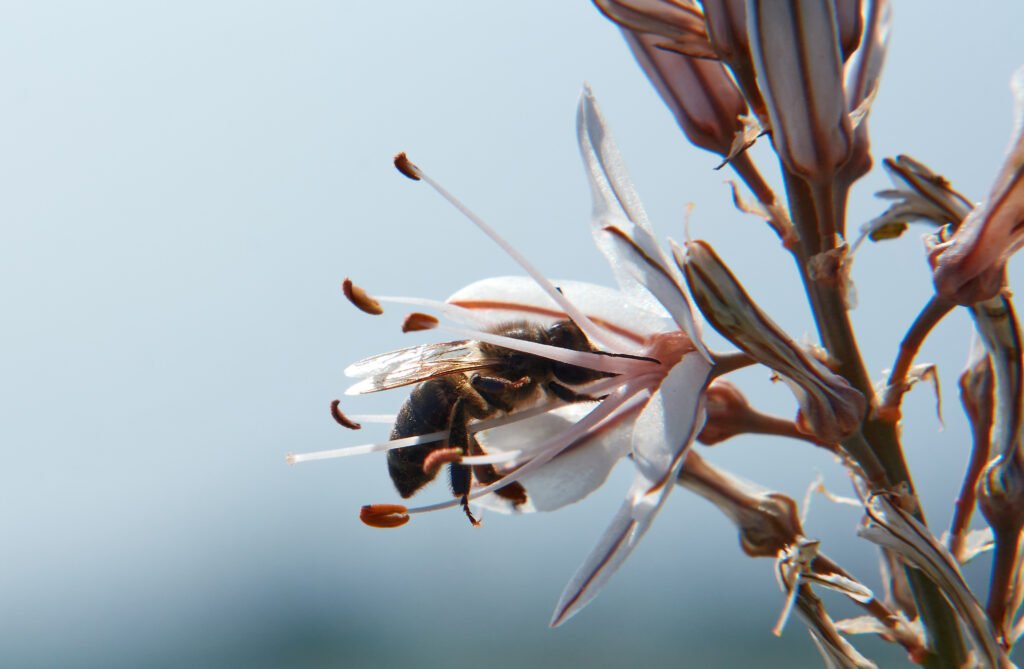
FAQs:
Will monarchs lay eggs on milkweed with aphids?
Monarchs may still lay eggs on milkweed with aphid, but a healthy plant is preferred.
Are aphids on milkweed harmful?
Aphids on milkweed can harm the plant, weakening it.
What eats yellow aphids on milkweed?
Ladybugs and other natural predators eat yellow aphid on milkweed.
Do birds eat milkweed aphids?
Yes, some birds eat milkweed aphid as part of their diet.

